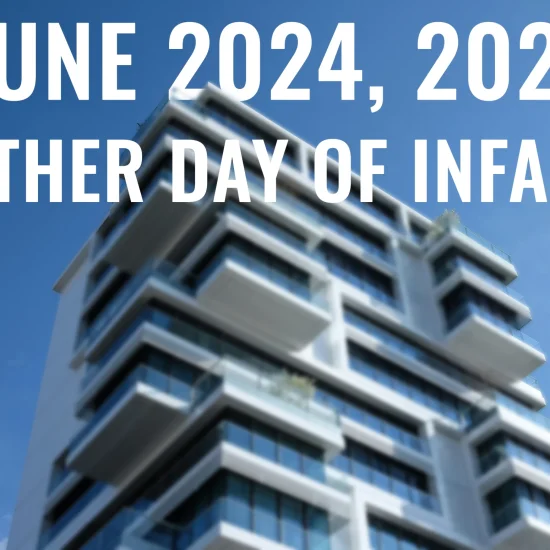In the first installment we examined the evolution of the common interest development movement beginning with the publication of Ebenezer Howard’s 1902 book Garden Cities of To-morrow, which was a revised edition of Howard’s 1898 publication To-morrow: A Peaceful Path to Reform.
Fast forward sixty years to 1962, there were perhaps 500 HOAs were scattered around the country according to Dr. Evan McKenzie, who has documented the meteoric rise of private residential governance in his landmark book, Privatopia (Yale University Press, 1994).
By the early 1960s planners, developers and bureaucrats were anxious to find ways to reduce the cost of development and the municipal maintenance costs anticipated for thousands of new subdivisions that were needed to satisfy the demand for housing that had been steadily increasing since the end of World War II.
To reduce development costs and calm the fears of local governments that were concerned about the cost of maintaining the expanding residential infrastructure, the concept of the “common interest development” (CID) was introduced into the discussion. The argument of planners was that by building residential communities with shared recreational amenities, parks and green-space it would allow developers to reduce the size of the lots within new subdivisions. In turn, this would help reduce the footprint of these “planned communities,” thereby mitigating the expanding suburban sprawl that was enveloping many cities, or so the theory goes.
Since the early 1960s, the increase in the number of HOAs in the United States has been exponential. Between 1964 and 1970 the number of HOAs increased from less than 1,000 to an estimated 10,000 according to the Foundation for Community Association Research (FCAR). Since 1970 the growth rate, while not as explosive as it had been during the decade of the 60s, has still been impressive. By 1990 the number of CIDs, including traditional single-family home subdivisions and attached housing schemes such as condominiums, patio homes and row houses, had grown to around 130,000 according to the FCAR.
Barely ten years into the new millennia the estimated number of HOAs in the U.S. was somewhere around 305,000. As we enter the third decade of the new century the number of HOAs in the U.S. has been revised again and is now estimated to be between 349,000 and 350,00 as of the end of 2019. Meanwhile, the concept of privatized residential communities has become firmly entrenched the American psyche, with planned communities by far, as the predominant form of residential development in the country.
While it is probably fair to say that Ebenezer Howard’s Utopian vision of planned communities with happily integrated residential, commercial, industrial and agricultural zones expanding concentrically from an idyllic residential core has never really been realized. What cannot be denied is the phenomenal growth in the number of HOAs and the growing acceptance of private residential governance in the United States.
As the number of HOAs has grown, so too has the number of people who find themselves living in privately governed residential communities. Whereas in 1970 there were an estimated 2M people living in HOAs, by 2018 the number has grown to more 73.5M according to the 2018-2019 National and State Statistical Review published by the Community Associations Institute (CAI).




